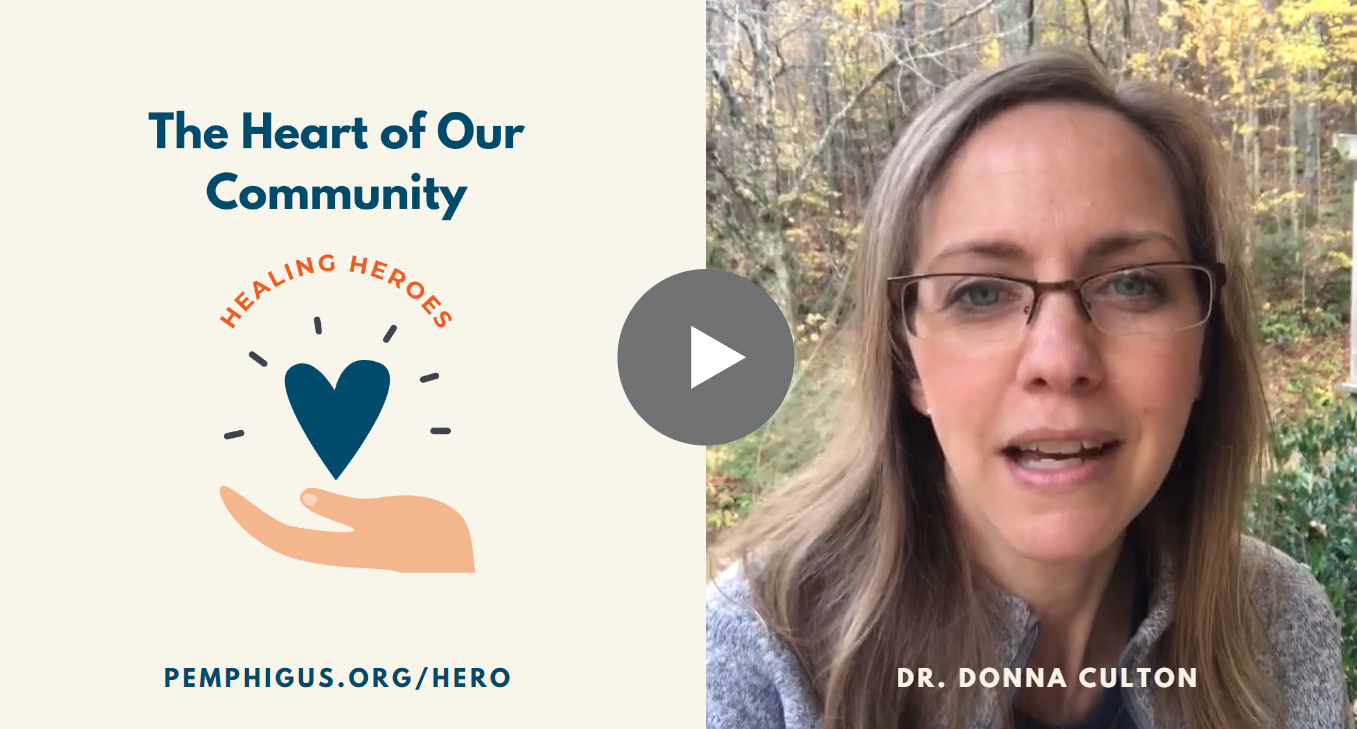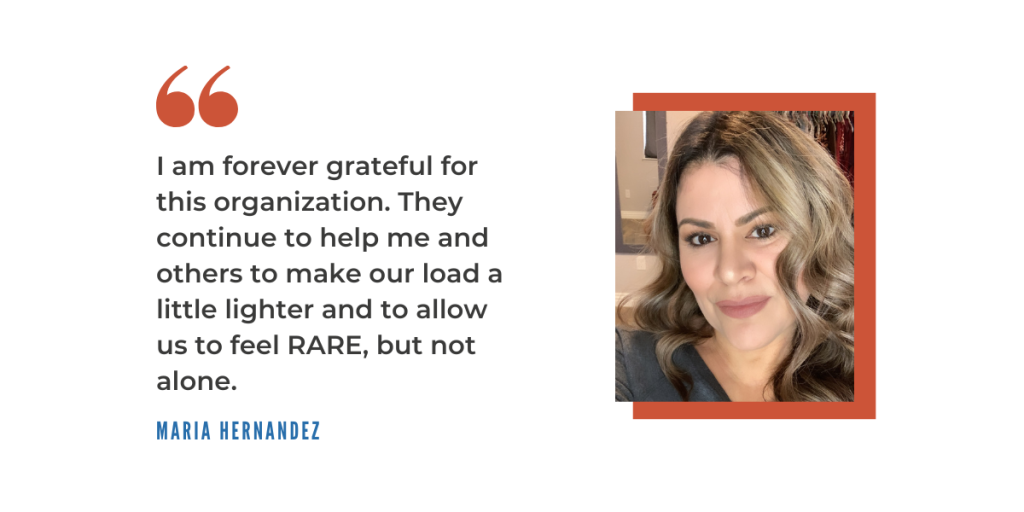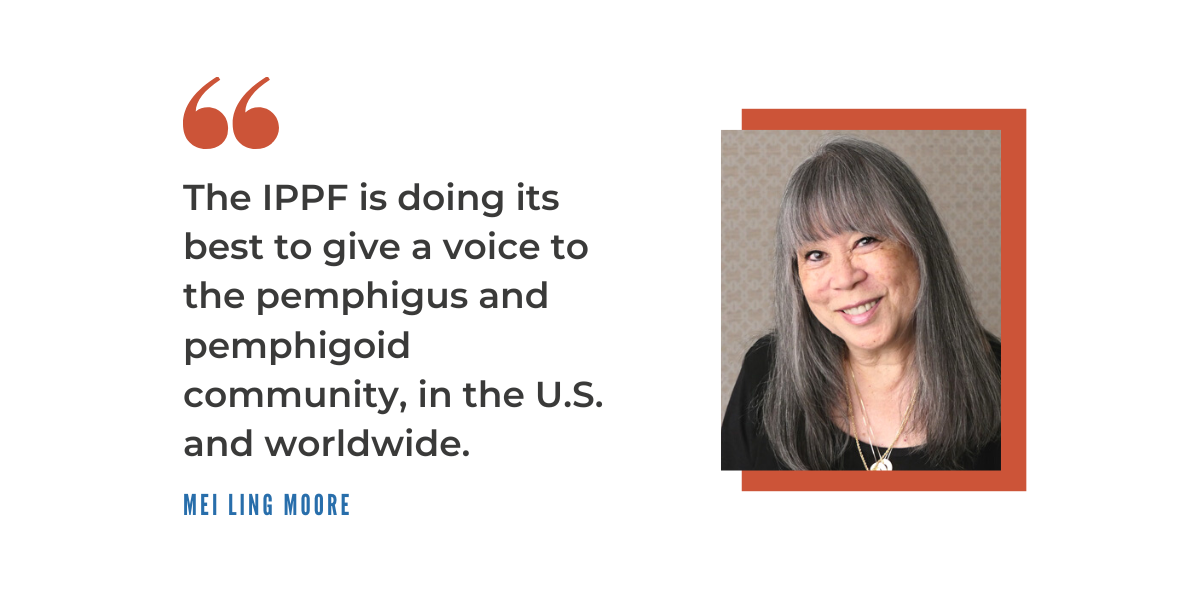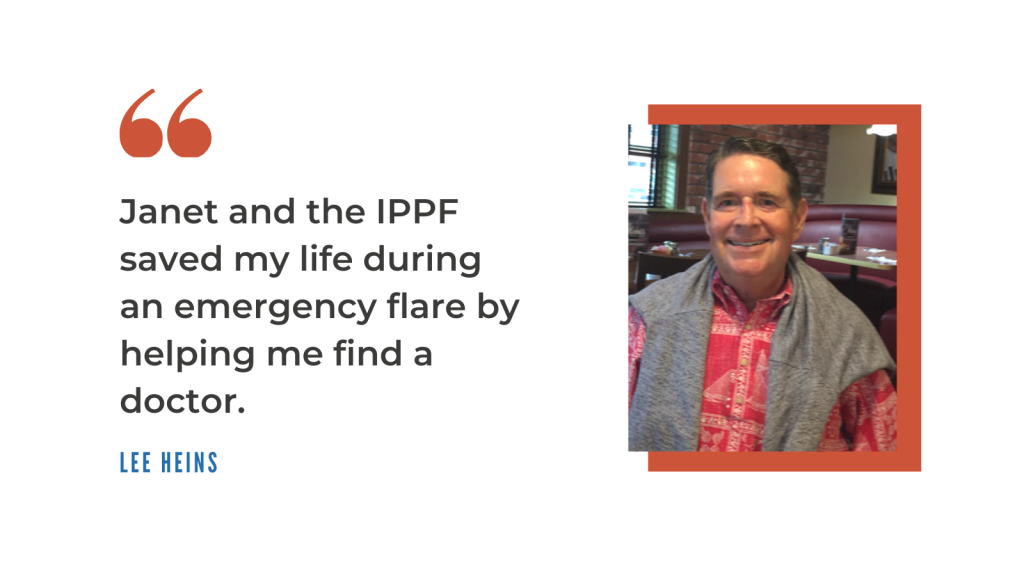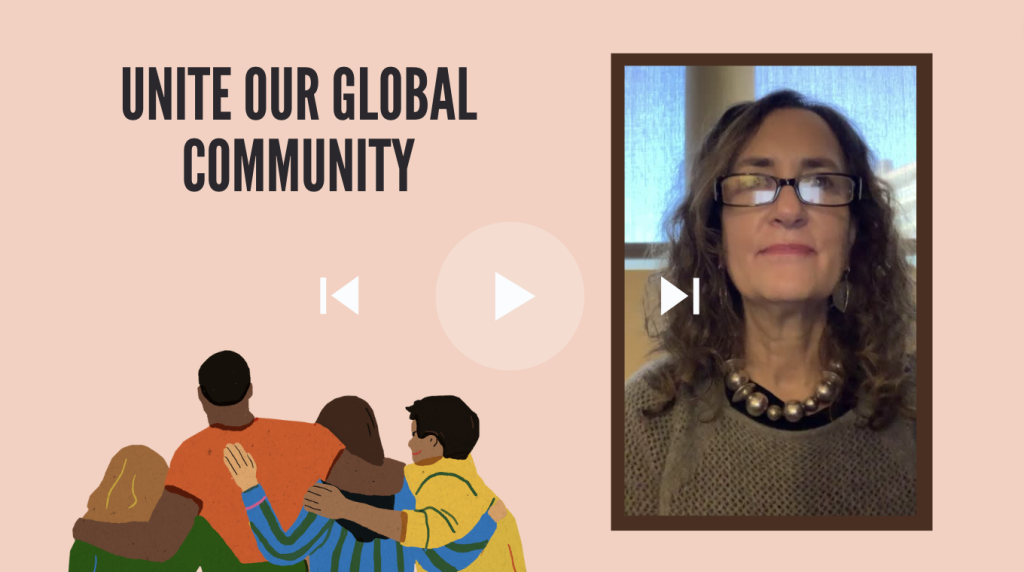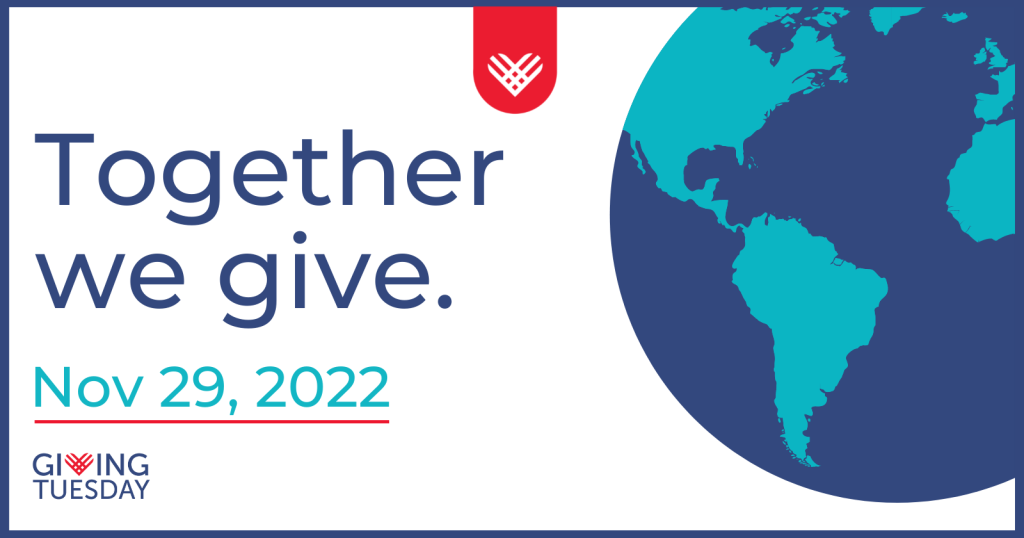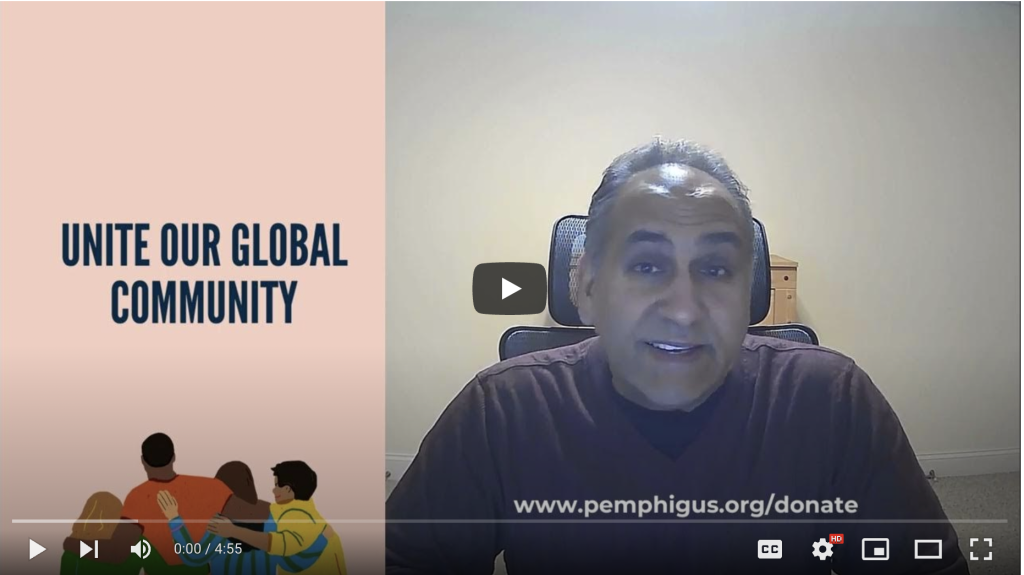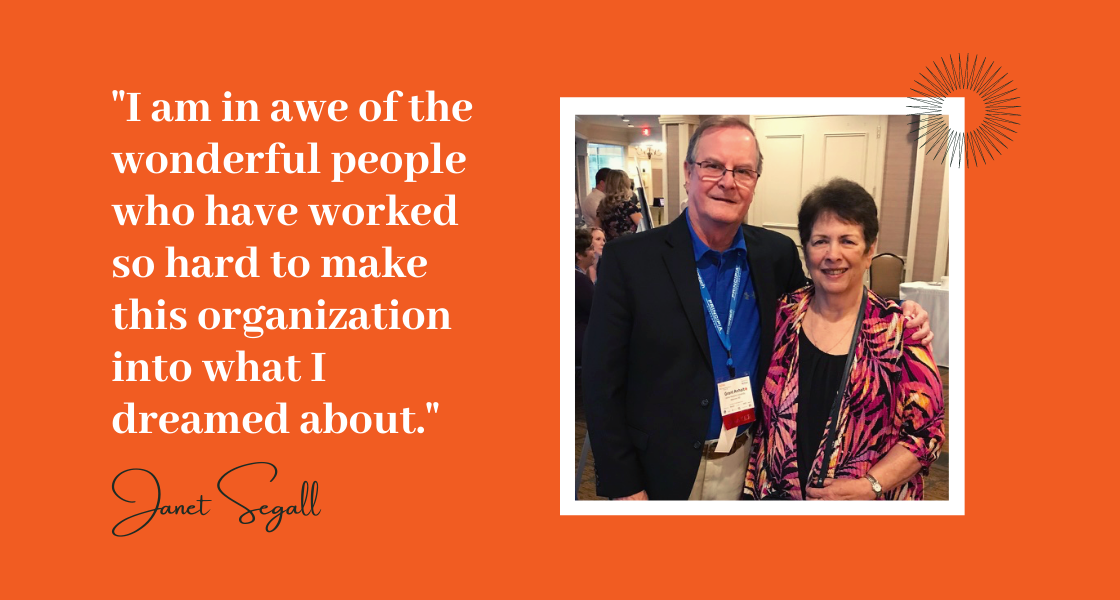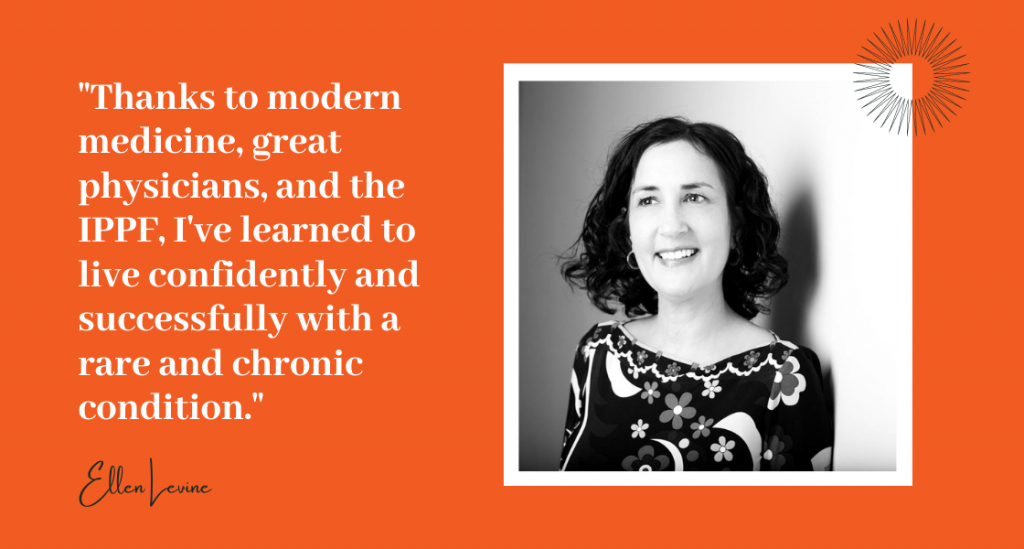By Michael Rigas, PharmD
The latest video in our new series, Pass the Mic with Dr. Mike, the Pharmacist is available.
Biosimilars are also known as “follow-on biologics” or “subsequent entry biologics”
The Biologics Price Competition and Innovation Act (BPCI) was introduced by Senator Edward Kennedy in 2007. It was passed by Congress and signed by President Obama in 2010 as part of the Patient Protection and Affordable Care Act (ACA) (Center for Drug Evaluation and Research, 2016). The intent of the Act was to lower prescription costs to patients by having biosimilars priced 25-35% less than innovator drugs.
Biosimilars include large molecule drugs that are most commonly injectables or infused drugs. They are Food and Drug Administration (FDA)-approved copies of the original “innovator” drug product that are allowed to be licensed and approved by the FDA once the innovator product’s patent expires. Well-known oral generic drugs are small molecule drugs and typically taken orally. Biosimilars are large molecule drugs and are typically given via the intravenous or muscular route. The first drug that was FDA-approved as a biosimilar was a version of Neupogen® called ZARXIO in 2015. The most significant biosimilar available for pemphigus and pemphigoid (P/P) patients is the drug rituximab (innovator named Rituxan®), which now has three available approved biosimilar products.
The concept of “similarity” includes these principles which were enacted and are enforced by the FDA:
- Any differences between the biosimilar and the innovator products must not be clinically significant.
- Must be similar in their ability to cause immunogenicity (meaning they have the ability of therapeutic protein products to stimulate an immune response in the patient).
- Must be similar in their pharmacokinetics (how the drug is absorbed and eliminated by the body).
- Must be similar in their pharmacodynamics (how the drug affects the body).
- Must be similar in their safety, purity, and potency.
- Must be FDA-approved for one or more of the indications that the FDA approved for the innovator product.
- Most commonly, the biosimilar product’s acquisition cost is 20-30% less than the innovator product, which is supposed to have a cost-reducing impact on insurance companies and patients.
- Currently, there are over one hundred biosimilars approved or in the process of approval for use in the US. Please see this link for a list of the currently FDA-approved biosimilars and which ones are in the application process with the FDA. (Center for Drug Evaluation and Research, 2023))
Cost reduction to the American healthcare system
As of late 2022, there were 39 approved biosimilars of 11 previously approved innovator products, with 22 biosimilars currently available on the market. It is estimated that biosimilars saved over $7 billion in 2021. It has also been shown that patient access to medications has improved for every drug with an available biosimilar. (Association for Accessible Medicines, 2022
Patient out-of-pocket costs
The cost savings impact of biosimilars in the US has not had the expected reducing impact on prices (due to many factors, which will be discussed below). Thus, many regulatory updates to the ACA have been proposed. The main issue has been the creativity shown by the innovator product’s drug makers and the insurance companies to manipulate the market pricing structure to make the most money by forcing patients to use the innovator product or a more expensive biosimilar product, meaning patients may be forced to pay more out-of-pocket than if they were able to use the least expensive biosimilar product.
Traditionally, generic and biosimilar drugs are priced 25-35% less than the innovator product. Insurance companies then pass these lesser acquisition prices to the patients in the form of lower out-of-pocket costs to the patient. However, many innovator product companies offer significant rebates to the insurance company that cause them to prefer these innovator products to the less costly biosimilar products. Patients are then forced to pay higher out-of-pocket costs with the innovator’s product. This innovator product rebate program circumvents the original intent of the biosimilar model concept. There are states and patient support groups advocating to end these practices so that more patients can experience lower out-of-pocket costs, as was intended to be part of the biosimilar concept.
Prescribing physician
Biosimilars may adversely impact physicians since they may not have control over which products are approved for their patients (innovator products vs. biosimilar products) since individual insurance companies’ strategies vary dramatically. For example, a prescribing physician office with 20 patients that may need rituximab (the innovator product is Rituxan®) as part of their autoimmune blistering disease treatment plan may wind up with five patients on each of the four (one innovator and three biosimilars) available products. This presents a complex situation for the prescribing physician, who may face various concerns and responses from their patients about the drugs they are required to take by their insurance company.
Insurance companies
Insurance companies have an excellent opportunity to create strategies that can save money for patients by encouraging them to use biosimilars. Alternatively, insurance companies can choose to make more money for themselves by obtaining rebates from innovator brand drug makers. This may then require patients to use the innovator product at a higher cost to the patient. Either way, the process is complex and time consuming for insurance companies and patients, alike. These policies are also very transient and may need to change whenever a new biosimilar product hits the market or as contracts and negotiations change yearly.
Patients and caregivers
The biosimilar concept significantly impacts patients and caregivers since they may be able to save out-of-pocket costs by using the least expensive biosimilar product instead of using the brand-name drug. However, based on some of the above-mentioned strategies, patients may have to pay higher out-of-pocket costs than expected if they are prescribed a drug other than the lowest cost biosimilar. Also, since patients might be on these drugs for a significant period of time, they may be forced to switch between products and experience a change in out-of-pocket costs as insurance companies update their formularies each year. (Note: Each payor has a drug formulary listing the drugs they prefer their patients to use, and which also explains the various extra or lesser costs the patient may qualify for if they do or don’t use the payors preferred formulary drugs.)
Pharmacies
Biosimilars challenge pharmacies since they must order and stock many versions of the same drug. They must arrange for the proper cost-effective purchasing of each product, have the ability to sell it to the insurance company at a reasonable profit, and be able to clinically manage patients on multiple versions of the same drug. Also, Boards of Pharmacy have enacted rules for the use of biosimilars. Typically, most states require a pharmacy to notify and obtain consent from the doctor when a biosimilar is substituted for an innovator product at the request of their payor or as a result of product availability to the pharmacy.
Suggestions for navigating a biosimilar future
For patients and their families involved with drugs for which biosimilars are available, it is important to consider these issues with their physician, insurance company, and pharmacy. The best way to obtain the best financial outcome from the biosimilar concept is to always be on the offensive. This involves knowing these critical facts about biosimilars that may be available. Creating a spreadsheet that includes the following information may be the best way to coordinate this complex data:
- Which innovator drugs are currently available as biosimilars for your disease?
- Contact your insurance company to see which biosimilars or innovator products are on their preferred formulary for your diagnosis.
- Look up typical acquisition pricing for these drugs online so you know the acquisition cost differences between the innovator product and biosimilars. Less acquisition cost usually equates to less out-of-pocket costs for patients.
- For each biosimilar and innovator product that might be an option for your disease and with your payor, determine available financial assistance program options by checking the drug’s website.
- Ask your prescribing physician which innovator brand or biosimilar they prefer so you can compare with what your payor prefers and its cost.
- Ask your pharmacist whether these innovator products or biosimilars require special purchasing actions, purchasing contracts, payor contracts, training, or Risk Evaluation and Mitigation Strategy programs. The presence of any of these items may make the innovator or biosimilar product hard to get or not obtainable by your pharmacy.
For more information about biosimilars, visit the following IPPF patient resources:
- https://www.pemphigus.org/wp-content/uploads/BPC_Biosimilars-vs-Generics_OnePager_March-2023-1.pdf
- https://www.pemphigus.org/wp-content/uploads/Biosimilars-What-You-Need-To-Know-508_0.pdf
References
Association for Accessible Medicines. (2022). Generics & Biosimilars https://accessiblemeds.org/sites/default/files/2022-09/AAM-2022-Generic-Biosimilar-Medicines-Savings-Report.pdf
Center for Drug Evaluation and Research. (2016). Implementation of the biologics price competition and innovation act O. U.S. Food and Drug Administration. https://www.fda.gov/drugs/guidance-compliance-regulatory-information/implementation-biologics-price-competition-and-innovation-act-2009
Center for Drug Evaluation and Research. (2023). Biosimilar Drug Information. U.S. Food and Drug Administration. https://www.fda.gov/drugs/biosimilars/biosimilar-product-information
Michael Rigas, PharmD, is an IPPF Board Member and the Chief Clinical Officer, Emeritus of KabaFusion, LLC, in Cerritos, California.






